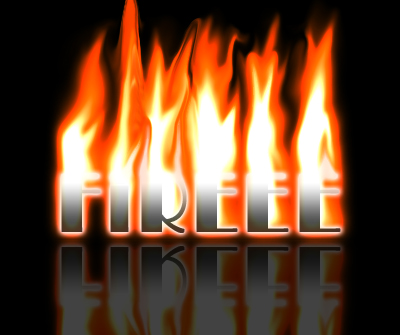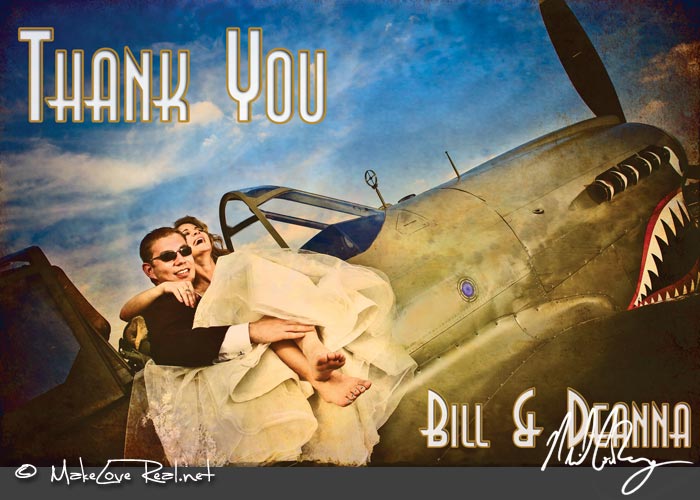The first font I chose was “ASTRAL FUNK” . I was drawn to the clean smoothing lines and the width of the letters.
I believe the concept with this font was to create a futuristic looking typeface that is very simple and easy to read. I can identify the simple basic shape of each character. The designer created a smooth a sans serif typeface that uses simple minimal strokes to reveal each letter. There is great consistency in the Capitol letters especially in the placement of the horizontal bar strokes. They all appear to be aligned except for the “A” character. The “A” has been aligned with the finial of the “J” character. In taking a closer look at the lower case of this font I find it interesting that the lower case characters are only slightly shorter than the upper case characters. The x-height has been pushed very high leaving it to be only a strokes width shorter than the capitol letter height. Do to the large size of the lowercase letters, the ascenders of the lower case characters rise beyond the capitol letter height.
Looking closely at the characters I would suggest the designer used the look of a rounded corner square shape as a guide or inspiration.
In conclusion I find this font to be a decent font design. I think the lowercase characters have come inconsistencies. For example the tail on the “j” should, in my opinion, be similar to align where the tails of the ‘g’ and “y” characters. I also think the ascenders should not be taller than the Capitol height. The font does have a futuristic clean look, but I question how the combination of capitol letters and lower case letter with ascenders would look. Is the font successful? Yes. The designer has a great clean futuristic looking font. However, if it was a little more consistent in the design I think the font would be much stronger.
Font From: http://www.swifty.co.uk/shop_fonts_files/astral-funk.jpg
The second font I chose is “DOLCE VITA”. This font reminds me of something you may see on a primitive tropical island. The letters appear to be carved with a sort of hand tool. I could see this font being used on a wooden sign where the letters have been chiseled out.
The letters are very blocky and primitive looking. The have a very casual personality. The strokes are not smooth, but more jagged and inconsistent in the counter and bowl sections. I notice that the lowercase is just the uppercase repeated slightly smaller. This also would make sense with primitive look.
I am guessing the designer was going for a fun island party feel. The design is close to resembled carved wooden characters made with primitive tools.
I see this typeface to be quite successful for this type of font. Since the personality is quite casual and primitive the inconsistencies I believe make the font more realistic and appropriate.
Font From: http://www.swifty.co.uk/shop_fonts_files/dolce-vita.jpg
Which Font Is More Art?
Of the two fonts I personally view “Dolce Vita” to be more of an artistic font. While “ASTRAL FUNK” does have more characters created by the designer with a completely different set of lower case characters, the “ASTRAL FUNK” font appears to be more geometric based from a square with rounded corners. The “Dolce Vita” font is more of an art form as it shows knowledge of how each letter could have been formed if one was using more primitive tools to shape them. The characters are all very different, yet have a unity that makes them work well together. In my opinion this is more of an art from, where creating a font based on geometric shapes, more of a scientific approach.







